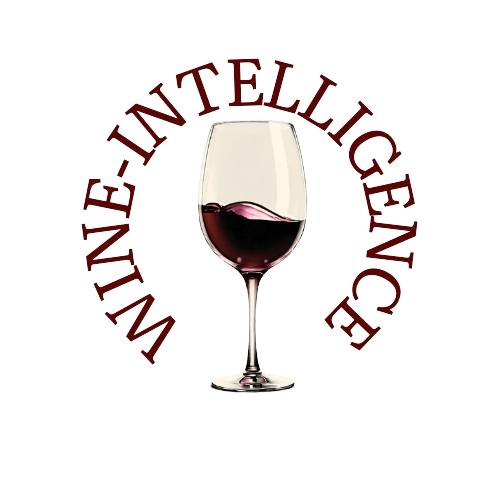French wine, long considered a global benchmark for excellence, is undergoing one of its most challenging periods in recent history.
According to the annual report published by Vinetur on June 6, 2025, French wine production in 2024 dropped to 37 million hectoliters, marking a 23% decline year-over-year and reaching its lowest level since 1957. This dramatic fall was primarily driven by a cascade of extreme weather events—from relentless rainfall and hailstorms to spring frosts and widespread mildew outbreaks—that affected almost all wine-producing regions.
Climate Disruption and Declining Yields
The climatic volatility of 2024 has accelerated structural vulnerabilities within the French wine sector. Major regions such as the Jura, Charentes, and Loire Valley were particularly hard hit, recording harvest losses between 30% and 70%. Nationally, the vineyard surface shrank by 5,000 hectares, leaving France with 783,000 hectares under vine. Alongside this, many small-scale producers struggled to cope, pushing forward a trend of vineyard consolidation, as cooperatives and larger entities with better financial resilience gained ground.
Exports Hold in Volume, Fall in Value
Despite the historic contraction in output, France’s wine exports remained stable in volume, buoyed by inventories from previous vintages. Export volume grew marginally by 0.7%, yet export value declined by 3%, totaling €10.9 billion. The United States once again emerged as the most lucrative market, showing signs of recovery, while exports to China fell by 17%, a result of both internal market challenges and the resurgence of Australian wine imports following the lifting of trade barriers.
Shrinking Domestic Market and Shifting Tastes
Back home, the picture is equally troubling. Domestic wine consumption dropped by 3.6%, reaching its lowest per capita level since 1961, now at 33.6 liters per inhabitant. The decline is most pronounced in red wine sales through supermarkets, where price sensitivity and changing consumer preferences are evident. White wines and imported sparkling wines like Prosecco have gained favor, reflecting a turn toward lighter, fresher styles and less frequent consumption.
This shift is symptomatic of broader behavioral changes: French consumers are drinking less wine overall, but are increasingly focused on value, accessibility, and occasion-specific formats. Champagne, once the unchallenged celebratory choice, is ceding ground to Prosecco, whose low cost and light profile have made it a favored substitute—especially among younger drinkers.
Structural Strain and Price Squeeze
A widening gap between producer prices and consumer prices is compounding the problem. While producer prices dropped by 1.5%, export prices stayed high, signaling increased pressure on margins. According to INSEE, this economic imbalance is jeopardizing the viability of many small and mid-sized wineries, particularly those without diversified sales channels or access to export markets.
Imports Drop—Except for Prosecco
Despite France’s own challenges, wine imports fell by 9% in 2024. Yet, not all segments declined equally: Prosecco imports surged, cementing its role as a cost-effective and trendy alternative to French sparkling wines. This dynamic suggests that the battle for the everyday consumer’s glass is increasingly international and price-driven.
A Sector at a Crossroads
Globally, 2024 marked the lowest wine production since 1961, with 225.8 million hectoliters produced. Simultaneously, worldwide wine consumption fell by 3.3%, reinforcing a long-term trend toward moderation and diversification across alcoholic beverages.
France remains a key player in the global wine trade, especially in high-quality, appellation-controlled wines. However, its unquestioned leadership is slipping, as the country grapples with climate volatility, a rapidly changing domestic market, and rising global competition.
The Way Forward
To remain competitive, the French wine industry must:
- Invest in climate resilience: through new grape varieties, canopy management, and irrigation systems.
- Recalibrate supply structures: by supporting small producers and strengthening cooperative networks.
- Align with evolving consumer preferences: by offering more sustainable, affordable, and diverse wine formats.
- Innovate in marketing and branding, especially to younger audiences and export markets where value perception is increasingly key.
The message is clear: French wine can no longer rely on legacy and reputation alone. The challenges of 2024 serve as a wake-up call for an industry at a turning point. How it responds will determine whether it retains its position at the top—or becomes a symbol of tradition overtaken by change.
Source: Vinetur

